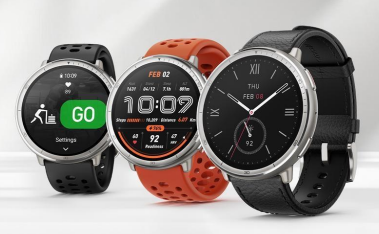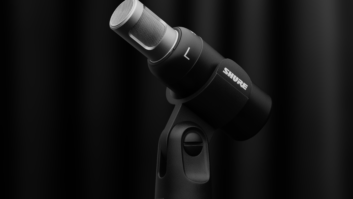
Circana has released its most recent retail tracking data, which indicates that year-to-date U.S. sales revenue of fitness tracking device has grown 88% compared to a year ago. More than 1.3 million fitness tracker devices were purchased during the first seven months of 2025, a 35% increase over last year. The report indicates that new form factors, specifically smart rings, are granting consumers more options for tracking their health.
“Innovation is inspiring health-conscious consumers to spend on new fitness tracking technology and bolstering growth in the wearable technology market,” said Ben Arnold, executive director, industry analyst, Consumer Technology at Circana. “The small size and minimally intrusive nature of smart rings make them attractive alternatives to a smart watch or other wrist-worn fitness tracker. Though smart rings lack buttons or a display, they are adept at many wellness measures including sleep quality and stress levels, as well as most of the typical activity measures like step counts and workout tracking.”
According to the latest Future of Consumer Technology report, sales revenue from health and fitness trackers is forecast to grow 13% by the end of 2025. Unit sales of traditional wrist-worn fitness trackers declined 6% year to date. By comparison, smart ring unit volume has grown 195% versus a year ago with average selling prices nearly four times the price of wrist-worn devices. Year-to-date U.S. smart ring revenue totals $217 million.
Smart rings accounted for 75% of total fitness tracker revenue this year, an increase from just 46% a year ago. According to Circana’s latest Connected Intelligence Wearables Ownership Report, U.S. consumers age 34 and under are nearly twice as likely than the average consumer to own a smart ring. Outside of smart rings, both the demand for and spending on wearable fitness device accessories have also grown significantly, up nearly 50% so far this year.
Arnold added, “The recent spending on fitness tracking devices demonstrates the impact of targeted innovation on consumer purchase decisions. Even in an economic environment where consumers are value-conscious and looking for ways to cut costs, they are still willing to invest in the products that deliver benefits they are seeking — a different kind of value.”
See also: Tariffs Today — To Buy Or Not To Buy?











